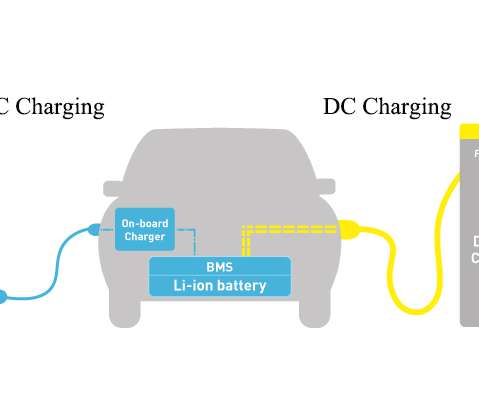TWAICE and pepper partner for full battery transparency in retrofitted commercial vehicles
Green Car Congress
SEPTEMBER 16, 2021
The vehicles will be delivered primarily in Europe, North and South America. We can use the software not only to analyze the aging process of batteries, but also to derive value-linked different life cycles and usage scenarios that are valuable for our customers and our product development. Analog Devices.












Let's personalize your content